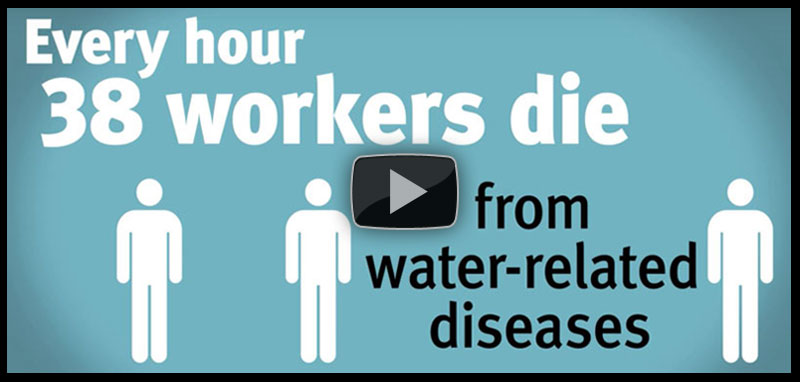Enough good-quality water can change workers’ lives and livelihoods – and even transform societies and economies.
To achieve the United Nations Sustainable Development Goal 6 on availability and sustainable management of water and sanitation by 2030, we will have to improve water quality by reducing pollution, eliminating dumping and minimizing the release of hazardous chemicals and materials, halving the proportion of untreated wastewater and substantially increasing recycling and safe reuse globally.
More than 700 ISO standards provide global tools to help us manage our shared water resources equitably and durably. They facilitate sustainable water management and increase water potential, helping to alleviate water scarcity.
Many new ISO standards are also under development in the field of water. Among them:
- ISO/TS 24520, Service activities relating to drinking water supply systems and wastewater systems -- Crisis management -- Good practice for technical aspects
- ISO 24526, Water efficiency management systems -- Requirements with guidance for use
- ISO 24521, Activities relating to drinking water and wastewater services -- Guidelines for the management of basic onsite domestic wastewater services
- ISO 20325, Service activities relating to drinking water supply and wastewater systems -- Guidelines for stormwater management in urban areas
- ISO/TS 24524, Activities relating to drinking water and wastewater services -- Technical specifications for flushable products
- ISO/TS 24522, Water quality event detection process: Guidelines for water and wastewater utilities
- ISO 20670, Water reuse -- Terminology
Today is World Water Day*, held under the theme “Better water, better jobs”, and in this short video we take a look at what ISO standards can do to face up to the water challenge.

* World Water Day is held annually by UN-Water, the entity that coordinates the United Nation’s work on water and sanitation.
Source: UN-Water

